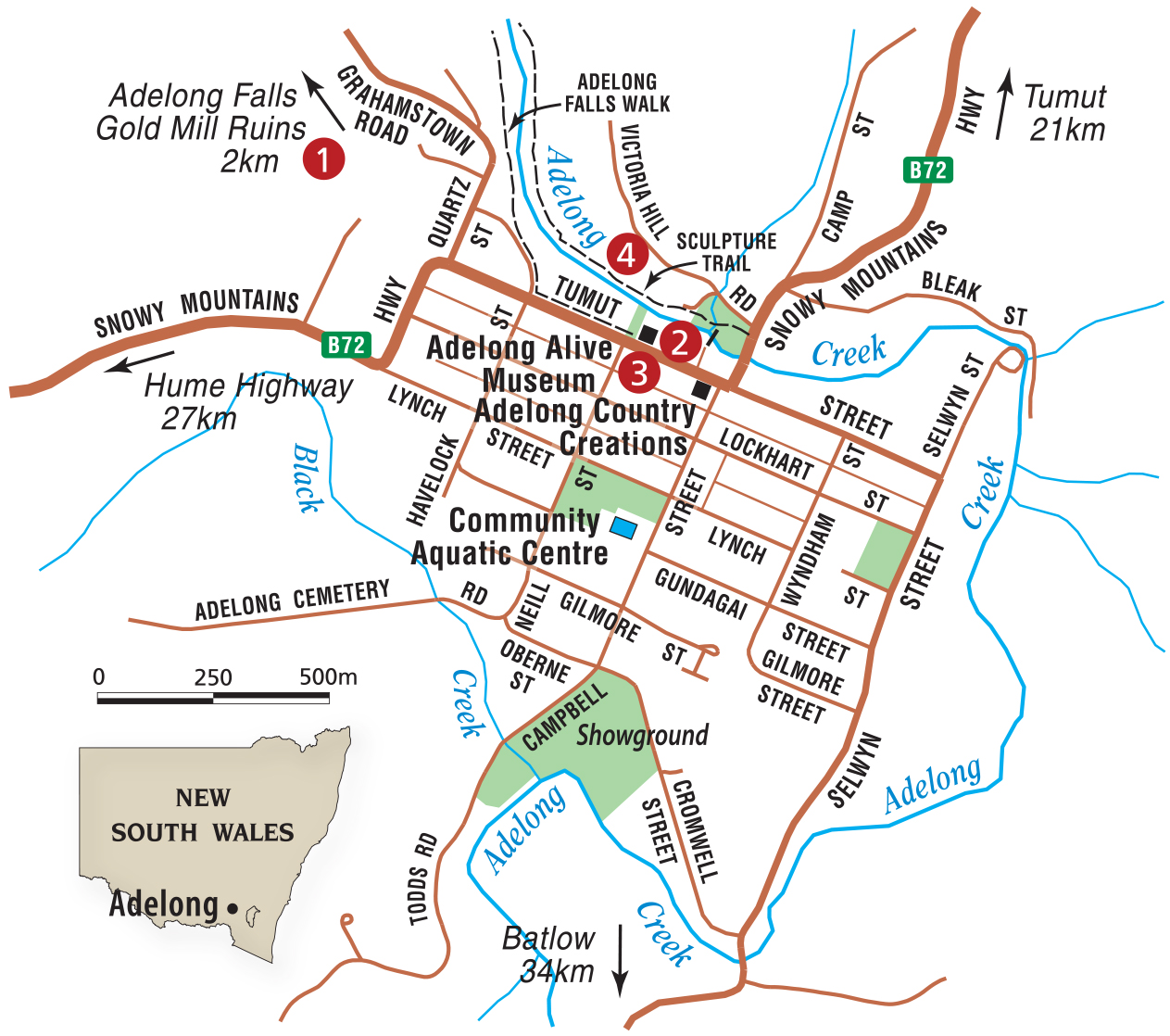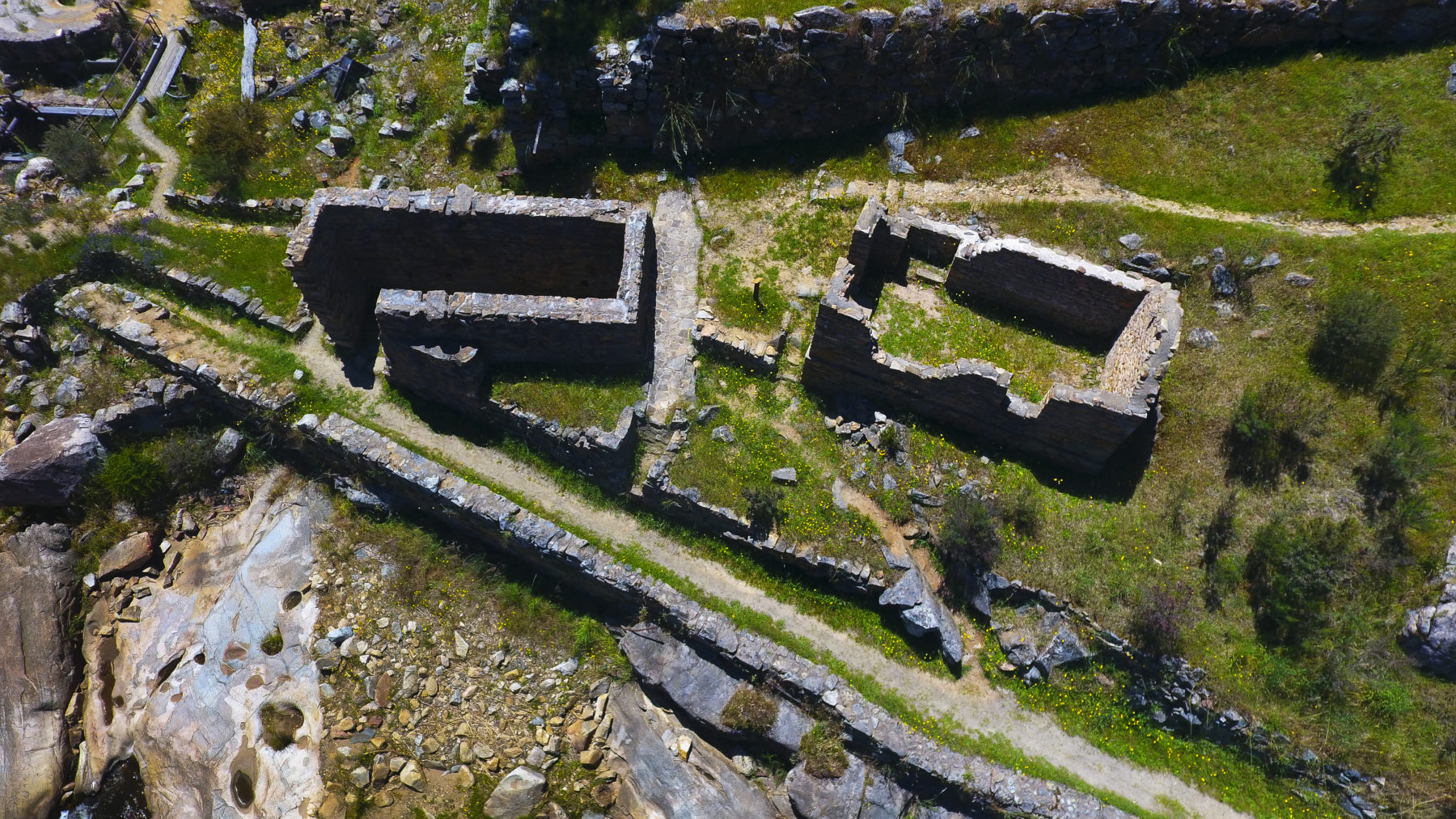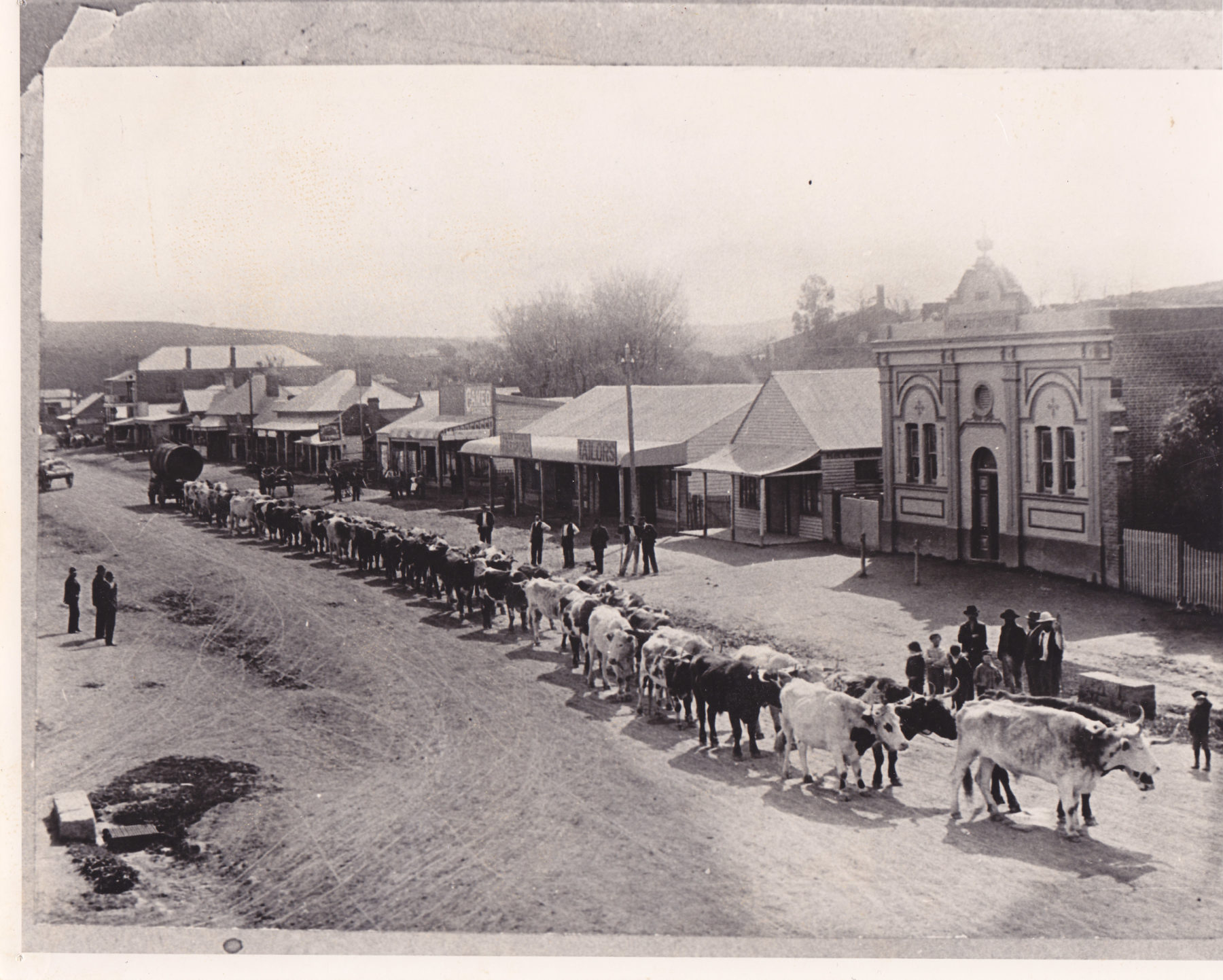A complete guide to Adelong, NSW

Located in southern New South Wales between the city of Wagga Wagga and the vast playground of Kosciuszko National Park in the Snowy Mountains, Adelong is one of those small and charming country towns where time appears to stand still.
It’s gloriously under-developed and yet it has a range of impressive attractions, both modern and historic. The tree-lined main street is edged by shops with quaint verandah facades. There are two typical Aussie country hotels, one of which is still in operation; they appear unchanged since the 1940s. And the locals still stop and chat on the main street, as people do in a country town with a population of less than 1000.
Adelong barely deserved to be called a town until 1857. Then gold reefs were discovered on Charcoal Hill by William Williams – although there had been alluvial mining from 1952 in Adelong Creek – and overnight it was turned into a thriving gold centre. By 1860 the town had grown to about 20,000. It declined rapidly after 1915 when the last reef ore mill closed.
Today, Adelong’s appeal lies primarily in the beauty of its historic main street, the recently established sculpture trail beside Adelong Creek, and the Adelong Falls Gold Mill Ruins, excellent and well-preserved remnants of the goldmining era.

Location:
Adelong is 411km south-west of Sydney via the Hume Highway. It’s 340m above sea level.
Origin of name:
No-one is certain what Adelong, or a word that sounded like Adelong, meant in the local First Nations Wiradjuri language. But it’s now accepted that it either meant “along the way” or “river on a plain”. Because Adelong is in a valley, the last definition seems doubtful.
Useful websites:
Places of interest
1. Gold Mill Ruins
The Adelong Falls Gold Mill Ruins, which are located off Grahamstown Road to the north of the town, offer a combination of walks, falls and pools where it’s possible to pan for gold. View the ruins of Ritchie’s Gold Battery, which was built by David Wilson and William Ritchie in 1870. The area is clearly signposted and many of the ruins are easy to recognise, including the gold battery, the water wheels that were used to drive the battery, and the old brick chimney. If you want to try your luck prospecting, it’s possible to buy panning dishes from some of the stores in town.

2 Walk Along historic Tumut Street
This delightful walk along the main street takes in most of the town’s historic buildings. It includes the Royal Hotel (1868), Bank of New South Wales (1882), Adelong Hotel (established or rebuilt in 1936), Post Office (1886), the Old Pharmacy (1877) and Apex Park. On the corner of Havelock Street is a rare example of a miner’s cottage dating from 1873. There are informative signs with historic photographs displayed outside the buildings.
3. Adelong Alive Museum
This museum has an extensive collection of historic photographs, pieces of old mining equipment and an excellent model of the Adelong Falls quartz-crushing mill – the Reefer Battery. It’s an ideal starting point for understanding the gold-rush boom, which drove the town’s economy from the 1860s until the outbreak of World War I. Located in Tumut Street, it’s open by appointment.
4. Sculpture Trail
A few years ago, willow trees beside Adelong Creek were removed, which opened up the creek and allowed a permanent sculpture collection to be established along its banks. According to Snowy Valleys Sculpture Trail artistic director David Handley, the new cultural tourism project was a response to the 2019–20 bushfires. The entire Snowy Valleys Sculpture Trail, funded by the Bushfire Local Economic Recovery Fund, stretches 100km, from Adelong to Tooma.
In Adelong, 10 sculptures are found along an easy 15-minute trail beside the creek. The first sculptures were installed in May 2022. They include works by sculptors from Japan, New Zealand, Australia, Slovakia and the USA. There are hanging works (Gumnut Cap Trio by West Australian sculptor Tania Spencer is one example) and majestic abstract aluminium and steel installations.

History
Before colonisation, what is now called the Adelong Valley was home to people of
the Wiradjuri First Nations language group.
Europeans settled the area by the 1840s. Adelong Creek Station was established in 1843.
Alluvial gold was discovered in 1852. Within two years, the town’s population had reached an estimated 5000 people.
In 1857 gold mineralised in reefs was discovered in the district by ‘Old Gold Dust’ William Williams (1800–1902). Legend has it that Williams bought a mining claim for £40,000 and sold it for £75,000 later the same day.
By 1860 Adelong’s population was 20,000, of which nearly 3000 were Chinese miners.
Through the 1860s and 1870s, the town boomed as mines and batteries (which crushed the reef gold) opened up along
the valley.
Adelong’s last mill closed in 1915 as miners left to fight in the Great War.
Today, the town is a small service centre for surrounding cattle and sheep farms and orchards.
Image credit: courtesy Adelong Alive Museum





